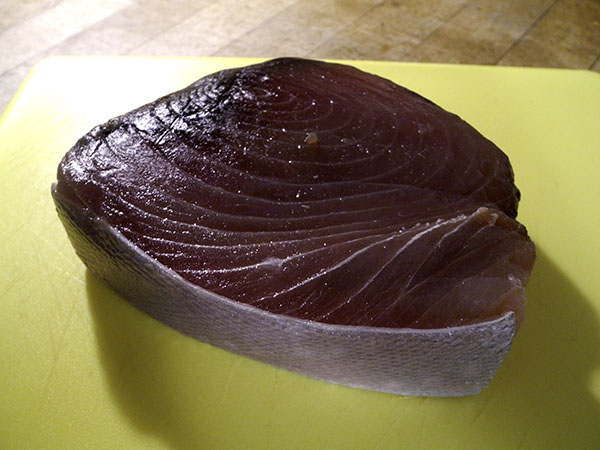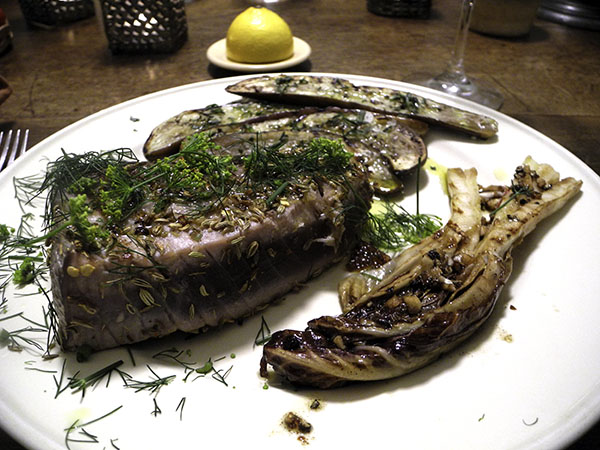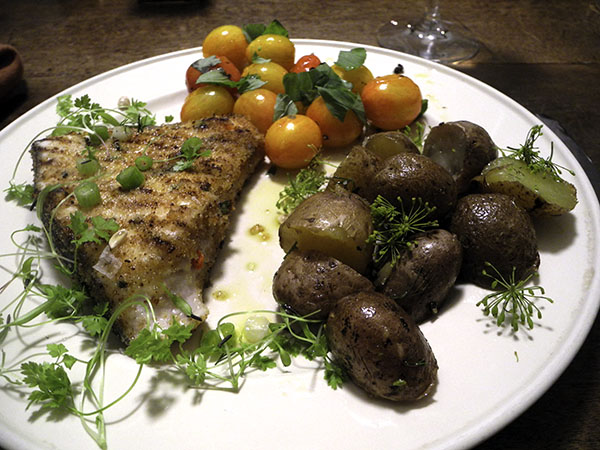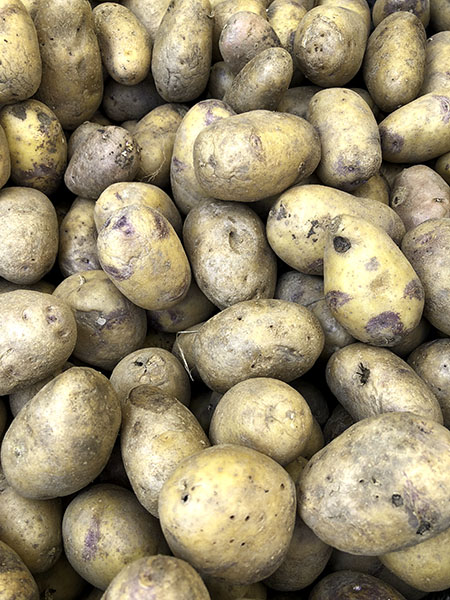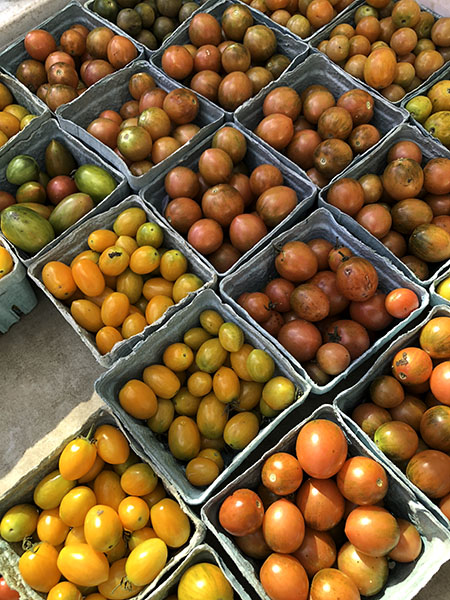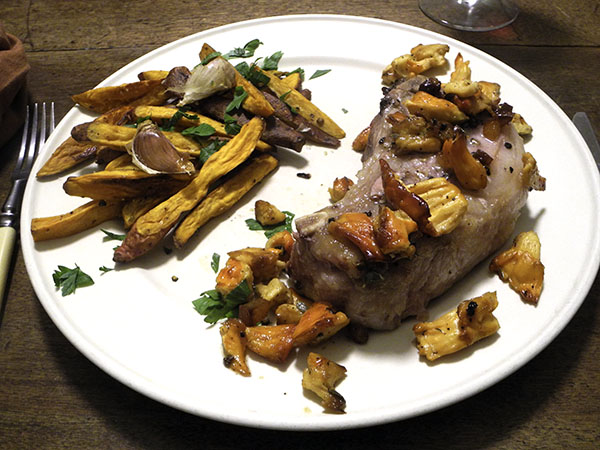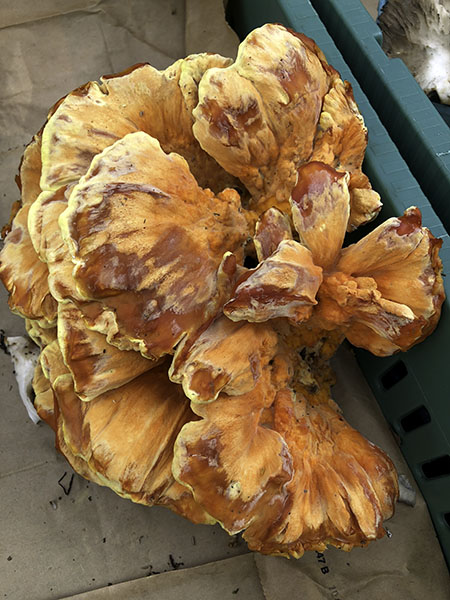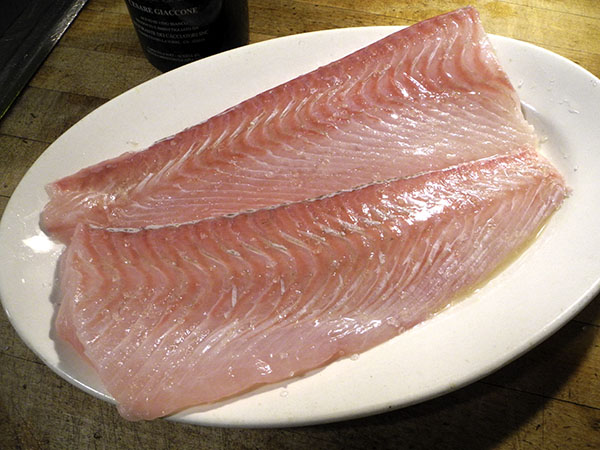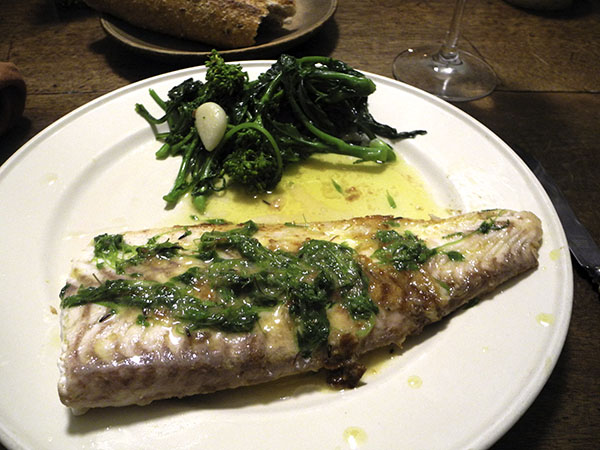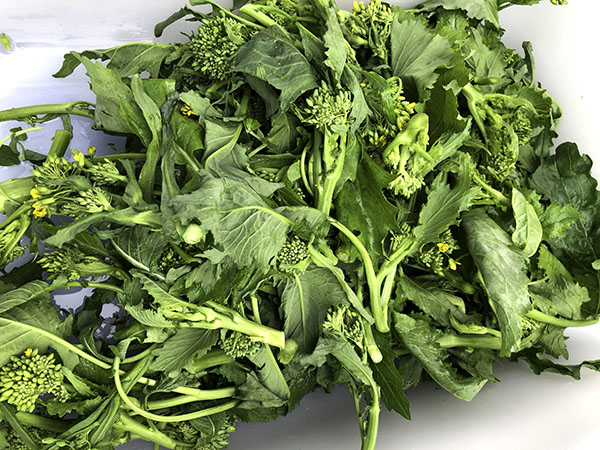
We had to wait months for our second Indian breakfast at home, but it was every bit as good as we remembered it from the first time.
Our schedule was finally again to work with one of the infrequent appearances at the Saturday Chelsea’s Down to Earth Farmers Market of Nirmala Gupta’s Bombay Emerald Chutney Company, which meant that while I was off to the Union Square Greenmarket yesterday Barry could head up the next block to pick up some of her South Asian treasures.
- two delicious defrosted cauliflower and potato-filled roti from Bombay Emerald Chutney Company, heated over medium heat inside a large enameled cast iron pan, turning them several times
- served with 2 chutneys, a ‘Royal Coconut Chutney’ and a ‘Royal Pomegranate Chutney, from Bombay Emerald Chutney Company as well (the pomegranate had not made its appearance when the image above was captured)
- the vegetable side was a matter of topping the shared contents of one package of Tasty Bite Organic Basmati Rice from While Foods Market that had been heated in our tiny microwave [I’ve just revealed one of the secrets of our lunch habits: I almost never cook in the middle of the day], a slowly-cooked improvised mix of vegetables, herbs, and spices (Sicilian fennel seed and yellow mustard toasted in the bottom of an antique medium copper pot until they had become fragrant, a little Whole Foods Market house Portuguese olive oil added and some chopped celery from Neversink Organic Farm, 2 chopped Japanese scallions from Norwich Meadows Farm, a small chopped rocambole garlic clove from Keith’s Farm, half a dozen small okra from Lani’s Farm, a bit of a finely chopped medium spicy ahi rico pepper from Alewife Farm, one small sliced Italian frying peppers from Stokes Farm that had accidentally fallen into my bag on Saturday, and a pinch or so of a dry seasoning called L’ekama from Ron & Leetal Arazi’s New York Shuk, all finished, once the vegetables had been lightly cooked, with a large pinch of fenugreek from Bombay Emerald Chutney Company) and some more olive oil, then, once on the plates, topped with some scissored flowering dill from Stokes Farm
- the music was Handel’s 1749-1750 oratorial, ‘Theodora’, William Christie conducting Les Arts Florissants
